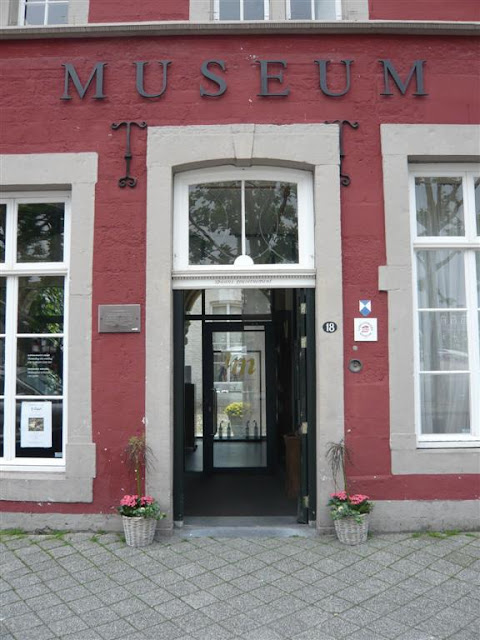Houtsnijwerk
Ons artisanaal bedrijfje richt zich op twee specifieke activiteiten. In ons houtsnijders-atelier kunt u terecht voor al uw ornamentiek , ornamenten in hout en houtsnijwerk . Maar ook geven we cursussen, opleidingen en demonstraties . Ons gespecialiseerd atelier maakt voor particuliere klanten en voor overheidsprojecten hoogwaardig houtsnijwerk. Een van onze specialiteiten is Luikse Sculptuur, maar we zijn ook bekend voor onze ontwerpen en uitvoeren van heraldische familiewapens of stadswapens .
Het behoud van ons Europees erfgoed, patrimonium is een belangrijk onderdeel van onze werkzaamheden . We restaureren en maken van reconstructies van ornamentiek.
Snij- en beeldhouwwerk aan het exterieur en interieur van gebouwen.
Ornamentiek aan meubels en lijsten, liturgisch meubilair en restauratie van historische interieurs. Hedendaagse toepassingen van het artisanale houtsnijwerk, zoals snijramen , gevelversieringen , trapbalusters, gesneden bas-reliefs in opdracht of eigen werk.
Ons houtsnijatelier is kleinschalig ,elk ontwerp ,uitvoering en ornament is uniek en er word met de specifieke wensen van klant rekening gehouden.
 |
| http://www.patrickdamiaens.be |


































